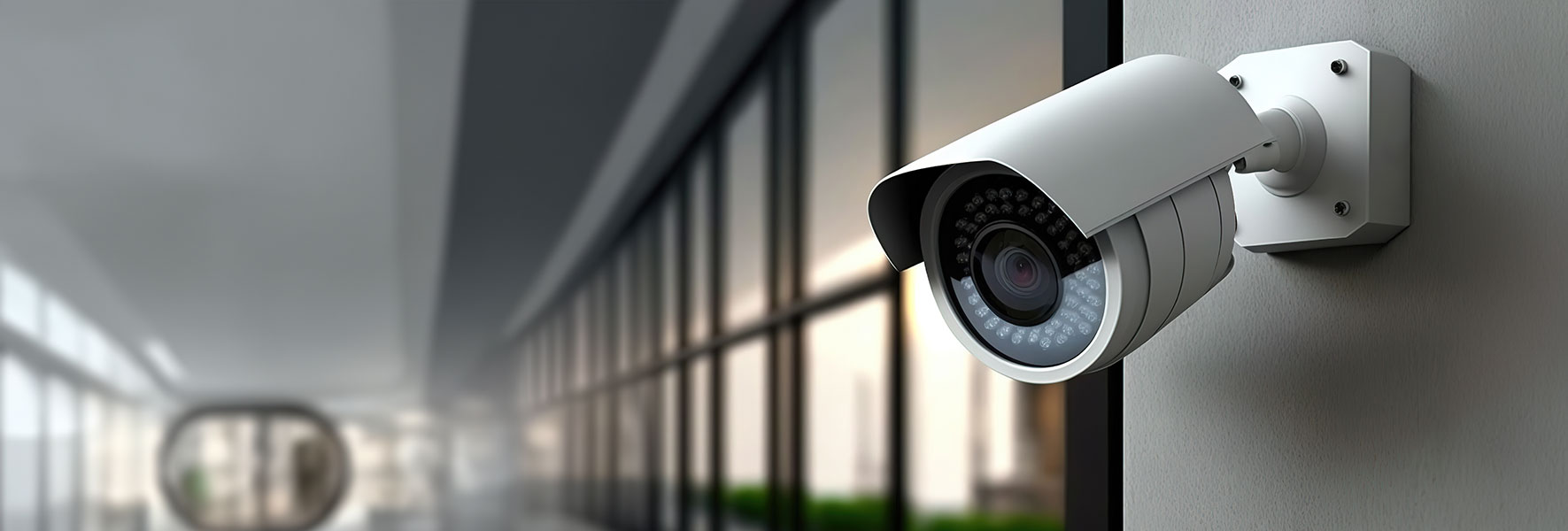-
A Fire Alarm System is a safety device designed to detect fire, smoke, or heat and alert occupants to evacuate. It consists of sensors, alarms, and notification devices that help prevent loss of life and property damage.
-
The system consists of smoke detectors, heat sensors, and manual pull stations. When fire or smoke is detected, the system activates alarms (sirens, strobes) and can notify emergency responders if connected to a monitoring service.
-
Conventional Fire Alarm Systems – Divide the building into zones; alarms indicate the affected zone.
Addressable Fire Alarm Systems – Each device has a unique address, allowing precise location identification.
Wireless Fire Alarm Systems – Use radio signals instead of wiring.
Monitored Fire Alarm Systems – Send alerts to a central monitoring station for emergency response.
-
Control Panel – The central unit that manages signals from detectors.
Smoke Detectors – Detect smoke particles in the air.
Heat Detectors – Trigger alarms based on rising temperatures.
Manual Pull Stations – Allow occupants to trigger alarms manually.
Alarm Notification Devices – Sirens, strobes, or voice alerts to warn occupants.
Fire Alarm Monitoring – A service that contacts emergency responders automatically.
-
For residential properties, DIY systems are available, but commercial buildings require professional installation due to safety regulations.
-
Inside each bedroom
Outside each sleeping area
On every level of the home (including basements)
Near the kitchen but away from cooking appliances
Commercial buildings require alarms in corridors, stairwells, and high-risk areas.
-
Yes, they use either:
Hardwired power with battery backup
Standalone battery-operated units
Wireless systems with long-lasting batteries
-
It’s recommended, especially for businesses or large buildings, as it ensures emergency responders are notified even if no one is present to hear the alarm.
-
Press the "test" button on each detector.
Use smoke test spray to check functionality.
Ensure alarms sound properly throughout the building.
Test monthly and replace batteries as needed
-
Press the silence button on the control panel (if available).
Ventilate the area if smoke from cooking triggered it.
If connected to a monitoring service, notify them of the false alarm
-
Smoke Detectors: Detect smoke particles and are suitable for most areas.
Heat Detectors: Trigger an alarm based on high temperatures and are used in kitchens, garages, and areas prone to smoke from non-fire sources.
-
Yes, modern fire alarms can integrate with:
* Home security systems
* Smart home assistants (Alexa, Google Home)
* CCTV cameras and access control systems
-
Fire alarms usually range from 85 dB to 120 dB, loud enough to wake sleeping individuals and alert people across a building.
-
Instead of sirens, some fire alarms use pre-recorded voice messages to instruct people on how to evacuate safely.
-
Standard batteries: Every 6-12 months
10-year sealed batteries: No replacement needed, but the entire unit must be replaced after 10 years
-
Low battery warning – Replace the battery.
Dust buildup – Clean the detector with a soft brush or vacuum.
End of life – Some detectors beep when they need replacement (typically every 10 years).
-
Residential alarms: Test monthly, replace batteries yearly, replace the unit every 10 years.
Commercial alarms: Require annual inspections by a certified technician.
-
Check for power issues (tripped circuit, dead battery).
Clean dust or debris from the detectors.
Reset the system by pressing the reset button.
If issues persist, contact a professional for servicing
-
Yes, most alarms have a hush or silence button, which mutes the alarm for a short time (e.g., 10 minutes).
-
Yes, most building codes and fire safety regulations require fire alarms in residential and commercial properties. The specific requirements depend on your local fire authority.
-
Some cities require permits, especially for monitored fire alarms. Check with your local fire department.
-
Install UL-listed or NFPA-compliant detectors.
Follow local building codes for alarm placement.
Schedule regular inspections and maintenance.
-
Yes, if it is a monitored system, it will notify the fire department when an alarm is triggered.
-
Yes, wireless fire alarms are available and ideal for retrofitting existing buildings without extensive wiring.
-
Yes, smart fire alarms like Nest Protect allow remote monitoring and send notifications to your phone.
-
An ASD continuously samples the air and detects fire faster than traditional smoke detectors, making it ideal for high-risk areas like server rooms.
-
A redundant system has backup components (like dual power supplies and extra control panels) to ensure alarms function even if part of the system fails.
-
Yes, some systems automatically trigger sprinklers when a fire is detected.
-
Yes, commercial properties must follow strict fire safety codes, including addressable fire alarms, sprinkler integration, and emergency lighting.
-
Clearly mark fire exits and evacuation routes.
Conduct fire drills regularly.
Assign fire wardens to assist in emergencies.
Ensure fire alarms are audible in all areas.
